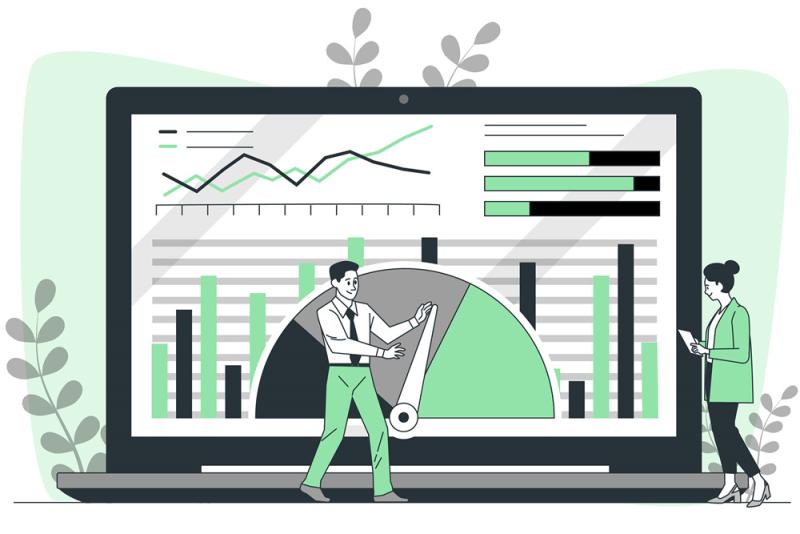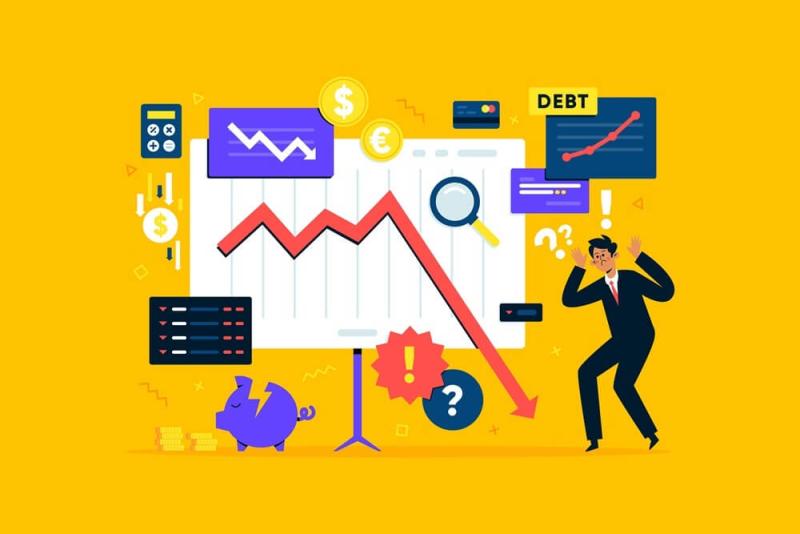The Ultimate Guide to the Importance of Demand Analysis

Understanding your market is like navigating a vast ocean. Without a clear sense of direction, you could waste valuable time, resources, and energy heading in the wrong direction. Demand analysis acts as a compass for businesses, pointing them toward opportunities, helping them avoid pitfalls, and keeping them on course toward growth. In today’s fast-paced world, this analytical tool is more than just a helpful add-on—it’s a must-have for businesses of all sizes and industries.
Demand analysis goes beyond simply identifying whether people want a particular product or service. It digs deeper, examining patterns, preferences, and trends, while also forecasting future market needs. By understanding these dynamics, businesses can adapt and thrive, no matter how unpredictable their environment may be.
Understanding the Basics of Demand Analysis
Before diving into its importance, let’s break down what demand analysis actually entails. Demand analysis is the process of assessing the need for a product or service within a particular market. This assessment considers multiple factors, including pricing, customer preferences, market trends, and external influences like economic conditions or technological advancements.
For instance, think about the global shift toward electric vehicles. Rising fuel costs, environmental concerns, and government policies have all influenced the demand for cleaner transportation options. By conducting demand analysis, automakers have been able to pivot their strategies, allocate resources more effectively, and capture emerging market segments.
Key factors influencing demand analysis include the price of the product or service, the income levels of target consumers, cultural or societal trends, and competition within the market. This data, when analyzed correctly, helps businesses make informed decisions that align with their long-term goals.
The Importance of Demand Analysis in Business
Why is demand analysis so vital? To answer this, think about how businesses operate in a constantly shifting landscape. Customer preferences change, economic climates fluctuate, and new competitors emerge. In such a dynamic environment, staying stagnant is not an option. Demand analysis equips businesses with the knowledge they need to adapt and thrive.
Market Forecasting and Decision-Making
One of the most significant benefits of demand analysis is its role in market forecasting. Imagine having a crystal ball that lets you predict which products or services will be in demand next season. While not magical, demand analysis serves a similar purpose. By analyzing past and present data, businesses can identify trends and anticipate future needs. This foresight helps them allocate resources wisely, optimize inventory levels, and plan marketing campaigns effectively.
For instance, a fashion retailer might use demand analysis to determine which clothing styles will be popular in the coming months. Armed with this information, they can stock up on trending items while avoiding overproduction of less popular styles.
Understanding Consumer Behavior and Preferences
Demand analysis also helps businesses gain a deeper understanding of their customers. By studying buying habits, preferences, and purchasing power, businesses can tailor their offerings to meet customer expectations. This understanding extends beyond product design to include pricing, packaging, and even delivery methods.
Consider how food delivery services have evolved in recent years. Through demand analysis, companies identified a growing preference for convenience, leading to innovations like contactless delivery and subscription meal plans. These changes were driven by a keen understanding of customer behavior.
Enhancing Product Development and Innovation
Another critical aspect of demand analysis is its impact on product development. Businesses that fail to innovate risk being left behind, but blindly launching new products is risky and costly. Demand analysis minimizes this risk by identifying what customers value most and where gaps exist in the market.
For example, smartphone manufacturers frequently use demand analysis to determine which features customers prioritize, such as longer battery life, improved cameras, or enhanced security features. These insights inform their product development strategies, ensuring that new launches align with consumer expectations.
Optimizing Pricing Strategies
Demand analysis also plays a pivotal role in pricing decisions. Pricing a product too high may deter potential customers while pricing it too low could hurt profit margins. By understanding demand elasticity—the relationship between price changes and demand—businesses can strike the perfect balance.
A classic example of this is seasonal pricing in the travel industry. Airlines and hotels use demand analysis to adjust prices based on peak and off-peak periods, maximizing revenue while maintaining competitive pricing.
Steps to Conduct Effective Demand Analysis
Conducting demand analysis might seem complex, but breaking it into manageable steps simplifies the process. These steps ensure businesses derive actionable insights that can guide their strategies.
Step 1: Data Collection and Research
The foundation of any demand analysis is accurate and comprehensive data. Businesses need to gather information from various sources, including historical sales records, customer surveys, and market research reports. Online tools like Google Trends and social media analytics can also provide valuable insights into consumer behavior.
Step 2: Analyzing Market Patterns
Once the data is collected, the next step involves identifying patterns and trends. This analysis includes examining seasonal variations, regional preferences, and demographic influences. For instance, a beverage company might discover that certain flavors are more popular in summer, while others see a spike in winter.
Step 3: Using Analytical Tools and Techniques
To make sense of large data sets, businesses often rely on specialized tools. Predictive analytics software, machine learning algorithms, and customer relationship management systems can all enhance the accuracy and efficiency of demand analysis. These tools not only highlight current trends but also forecast future scenarios.
Step 4: Developing a Strategy
Finally, businesses must translate their findings into actionable strategies. Whether it’s adjusting production schedules, launching targeted marketing campaigns, or refining pricing models, the ultimate goal is to align operations with market demand.
Challenges in Demand Analysis and How to Overcome Them
Despite its benefits, demand analysis is not without challenges. One of the most common obstacles is data accuracy. Outdated or incomplete data can lead to flawed conclusions, which is why regular updates and thorough validation processes are essential.
Another challenge is adapting to rapid market changes. External factors like economic downturns, political instability, or technological disruptions can quickly alter demand patterns. Businesses must stay agile, revisiting their demand analysis periodically to remain relevant.
Finally, interpreting data correctly requires expertise. Even with advanced tools, poor interpretation can result in misguided strategies. Investing in skilled analysts or providing training for in-house teams can help mitigate this risk.
Conclusion
Demand analysis is not just a tool; it’s a strategic necessity for any business looking to succeed in today’s competitive market. By providing insights into customer preferences, market trends, and pricing strategies, demand analysis enables businesses to make informed decisions that drive growth and profitability. Whether you’re a small startup or a global corporation, integrating demand analysis into your operations is the key to staying ahead of the curve.
By understanding your customers, anticipating future needs, and adapting to changing circumstances, you can position your business for long-term success. In a world where knowledge is power, demand analysis serves as your most reliable ally.
FAQs
What industries benefit most from demand analysis?
Every industry can benefit from demand analysis, but sectors like retail, manufacturing, and technology find it particularly essential for forecasting and strategy development.
How often should businesses conduct demand analysis?
Demand analysis should be conducted regularly, such as quarterly or annually, and whenever there are significant changes in market conditions.
What are some tools for demand analysis?
Popular tools include Excel, Google Analytics, Tableau, and specialized software like SAS or IBM Watson, which help analyze and visualize market data effectively.
Can small businesses afford demand analysis?
Absolutely. Small businesses can start with basic approaches like surveys, focus groups, and simple spreadsheets before investing in more advanced tools as they grow.
How does demand analysis influence long-term business growth?
Demand analysis helps businesses anticipate trends, avoid risks, and adapt to changing customer needs, ensuring sustainable growth and competitive advantage.









Comments